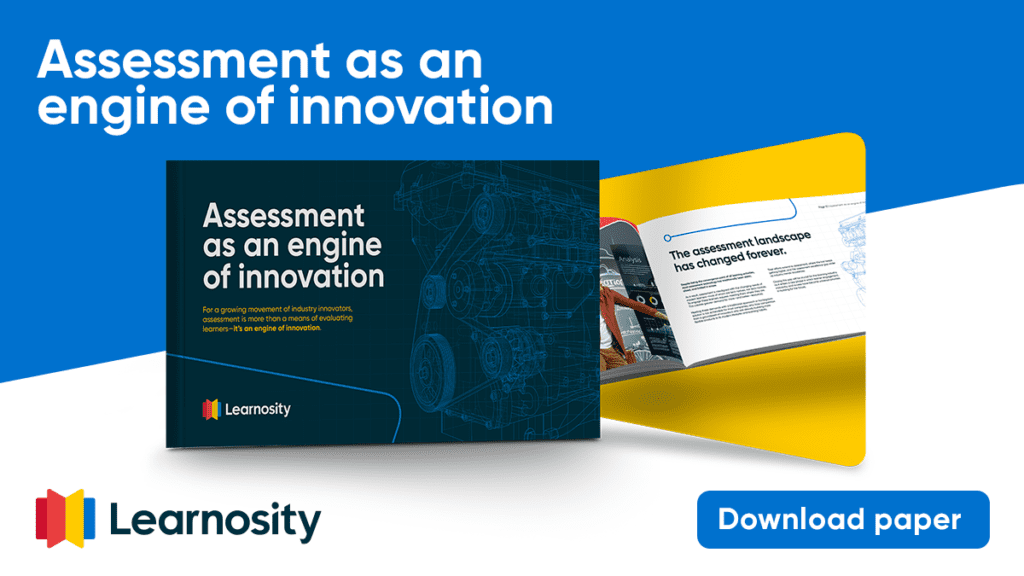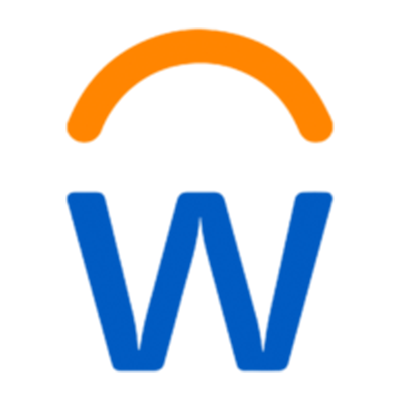“Building the bullseye”: How product demos can address diverse prospect needs
Keeping things simple by focusing on what’s important is how you demonstrate both understanding and compatibility.
As a sales engineer, I’m fascinated by the entire sales process, but it’s the product demo stage that interests me most. This is where you really throw back the curtain to reveal what your product is about and what it can do for prospects. The problem is that far too many demos are—to be blunt about it—pretty generic.
In my book, this constitutes a major fail. Each company’s time and attention is very valuable—both to you and to them. To respect their time, intent, and needs your product demo should be as focused on them as possible.
The process I use to sharpen that focus I call “Building the bullseye”. Let me take you through how it works.
What you want to say vs. what a client wants to hear
At Learnosity, we treat every interaction as a chance to learn more about what prospects are aiming to achieve, what success means to them, and how we can help turn obstacles into opportunities for future growth. But product demos represent the best chance to unpack your solution to businesses in a clear, relatable way.
Still, it seems to be a common problem that product demos often fail to address the client’s problems—or even the way they think.
This creates a big barrier for execs, since it’s forcing them to fit the framework of your demo to their problems. Why make them work to understand how your solutions help them when this should be the centerpoint of the demo itself? I’m going to call these generic demos “untargeted demos”. You should avoid these as much as possible.
Discovery gives direction
Once a prospect’s shown a high level of interest in Learnosity’s products, we’ll arrange a discovery call with them. We use this to learn as much as we can about their needs. If it seems like a good fit (and only then), we’ll move on to a demo where we showcase our solutions.
Each company’s time and attention is very valuable. To respect their time, intent, and needs your product demo should be as focused on them as possible. Share on XThe relationship between these two steps—i.e. 1) what we learn on the discovery call and 2) how we let that inform our demos—is what makes your demo either targeted or untargeted. A demo will be untargeted if:
A) we don’t have the right information, or
B) we aren’t using the information that we have in the right way.
The bridge connecting these stages is key to creating a targeted demo. “Building the bullseye” provides a framework for thinking about our discovery call and our demo. It ensures that we, as the sellers, have all the correct information and allows us to think about the information in a clearer, more focused and actionable way.
So let’s take a look at this bullseye framework. It boils down to three simple rings:
- Problem solving
- Related features, and
- Collateral value

Naturally, the bullseye is the thing that’s most valuable to the prospect, with the value decreasing as you move through the outer rings.
By the end of the discovery call we want this to be able to completely fill out the three rings with multiple things based on our understanding of the prospect and their needs.
So what goes where?
Problem solving
Problem solving are the actual issues that you fix for a customer. This is what’s going to matter most to them, so you’re going to want to put this right in the center of the bullseye.
Related features
The second ring is called related features. These might not directly solve the problem you discover the client has, but they may offer a different way of looking at the problem or a novel solution the client hasn’t yet considered.
Collateral value
Collateral value represent areas of broader or tangential appeal. It shouldn’t just be a list of whatever else is in your product, but it might be a much wider cut than any of the ones in problem solving or related features.
Putting the framework into action
Our company, Learnosity, sells assessment software via a suite of powerful APIs that can be used to build a product that plugs right into a client’s platform or LMS.
We typically work with large learning platforms or publishers who are looking for an enterprise-level solution that’s capable of serving 10,000+ learners.
We’ll use the discovery call to dig into the details to learn more about the specific problems they’re trying to solve. Quite often, prospective clients will be trying to determine whether they should build the solution in-house themselves or licence it from us.
Because we direct all of our resources into building and refining assessment tech, we’re intimately familiar with the intricacies and costs of developing a gold-standard solution at scale. It’s something we already do for hundreds of clients.
So the problem solving at the center of our bullseye includes:
- Instant access to best-in-class assessment technology
- Faster, more cost-effective product builds
- Burst capacity to deliver at scale, with no tech debt or maintenance
Moving out from the bullseye to related features, let’s say that for the center of this particular bullseye we noted that the prospect was interested in our best-in-class technology. However, we know that best-in-class technology is useless if you can’t implement it easily, so we may draw the conclusion that a good related feature here is our support team.
A support team might not represent a direct solution to the client’s problem—it’s the technology they’re after—but world-class support is related to that central problem in that it gives them easy access to the tech and guidance in getting the most from it, so it’s worth us making note of it here.
So if the bullseye is our tech’s core functionality, and the available support is a clear related feature, what kinds of areas can we add as collateral value?
Let’s say the prospect in question wants to deliver assessment to a large number of learners—upwards of 50,000, for example. That adds a lot of diverse needs into the mix. At this scale, a significant number of learners may have visual or auditory impairments. In this instance, our extensive work around accessibility would then be a strong candidate as collateral value.
The framework forces you to demo things you know will be impactful. You’ll remove anything of lesser relevance and double down on the things that matter the most to a prospect. Share on XNaturally, this would change to suit other specific cases. The collateral value could be anything from customizability to adaptive testing to reporting—again, it depends on the needs of each organization. But that’s the great thing about the “Building the bullseye” framework—it allows for flexibility.
Documenting the bullseye
Once you’ve built your bullseye, document it somehow—write it down, draw it out, print it—do whatever you want, but bring it with you to the product demo itself.
When the demo with the prospect begins, the first thing to do is state the bullseye at the start. Yes, I’m here to give you an overview of our product, but I’m also going to show you:
1) how we’re going to save you money and improve your tech
2) how you can use our support engineers to fulfil your product’s potential, and
3) you’re not going to sacrifice quality—in fact, your quality is going to improve by catering for diverse learner needs.
By stating the bullseye at the beginning, you can leverage your demo as cut-and-dried evidence supporting your claims, thereby giving it more focus and impact.
It’s often the case that demos are broken down into distinct sections. Bear in mind that each of these should connect with a ring on the target board. Anything that doesn’t is a wasted opportunity, so be ruthless when choosing what to include.
Better data = greater clarity
“Building a bullseye” is a simple framework for making sure you collect data that’s actionable. If you fill out at least one thing in each of the rings, you’ll have a lot of great information to work from in your product demo and increase the likelihood of moving the needle for your prospect.
A second benefit is that it fights what I call the “pile of notes in a CRM” problem.
So often people collect the right information, ask the right questions, write it all down and add it to their CRM as, you guessed it—a big pile of notes.
But because the info you add isn’t ranked by your CRM, you’re not clearly surfacing the things that are most important to a client. By ranking them in the bullseye, you’re making their needs/wants much clearer.
The third major benefit of the framework is that it forces you to demo things you know will be impactful. If you introduce the concept right at the start of the demo, what you’ll find is that you’ll remove anything of lesser relevance and double down on the things that matter the most to a client. That sets the right tone for your product’s big reveal as a solution with game-changing value.
Download the eBook below to learn more about the transformative potential of digital assessment.👇












